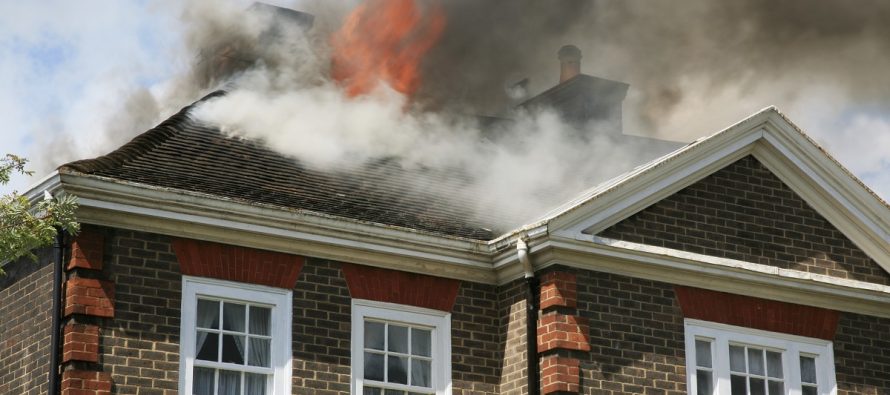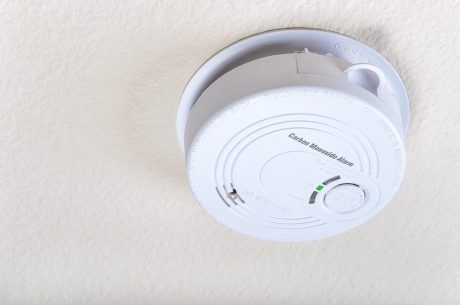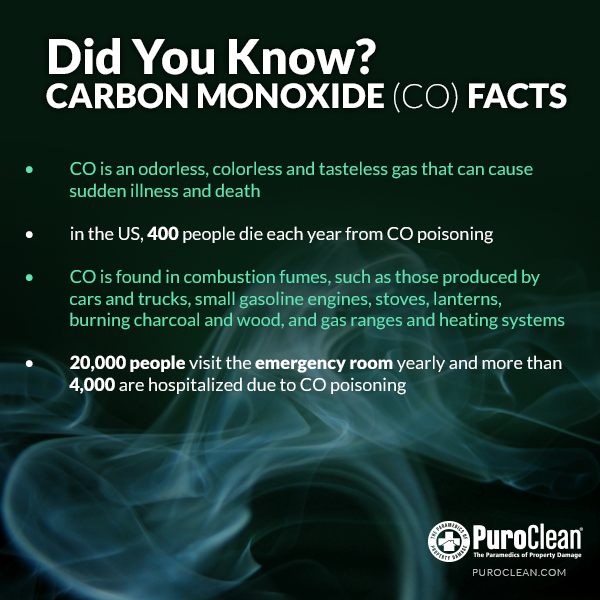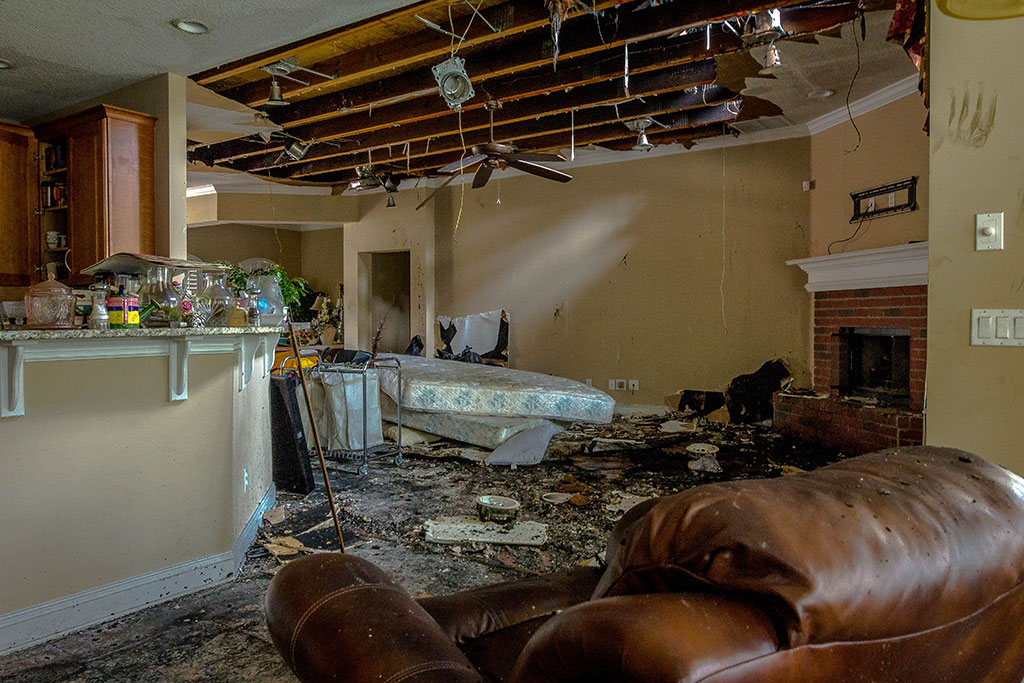When a fire breaks out in a home or business, the devastation can be overwhelming. The flames may only last minutes, but the aftermath can linger for weeks or even months. After the fire is out, most property owners face two major challenges: fire damage and smoke damage. While these terms are often used interchangeably, they refer to two very different types of destruction each requiring a unique restoration approach.
Understanding the difference between fire damage and smoke damage is essential for successful recovery, accurate insurance claims, and long-term safety. In this blog post, we’ll explain the distinctions, how each type of damage occurs, the signs to look out for, and how professionals handle restoration for both.
What Is Fire Damage?
Fire damage refers to the physical destruction caused by flames. This includes materials that were directly burned or melted during the fire, such as:
- Structural components (walls, floors, ceilings)
- Electrical wiring and plumbing
- Personal belongings
- Appliances and electronics
- Furniture and fixtures
Fire damage is typically visible and severe. It compromises the integrity of a structure and poses immediate safety risks. In many cases, burned materials must be completely removed and replaced, especially if the damage affects load-bearing structures or electrical systems.
Common Signs of Fire Damage:
- Charring: Blackened or burnt surfaces on wood, drywall, or metal
- Warped or melted materials: Plastic, glass, and metal that have changed shape due to heat
- Structural instability: Weakened support beams, floors, or ceilings
- Destroyed belongings: Burned furniture, clothes, paperwork, or electronics
- Lingering heat: Some areas may still retain heat or have hotspots, even after the flames are gone
What Is Smoke Damage?
Smoke damage, on the other hand, is caused by the byproducts of combustion. When materials burn, they release a mixture of gases, soot, and chemicals that travel through the air and settle on surfaces. Smoke damage affects both the surfaces in a room and the air quality within the property. It can seep into porous materials, causing lasting odors and discoloration.
Even if a room wasn’t touched by flames, it could still be severely affected by smoke. In fact, smoke often travels farther than fire, making its damage more widespread and harder to clean.
Common Signs of Smoke Damage:
- Discoloration: Yellow or black stains on walls, ceilings, and personal items
- Persistent odors: A strong, unpleasant smoky smell that lingers
- Soot residue: Fine black particles on surfaces, furniture, and fabrics
- Stained HVAC systems: Smoke and soot can travel through ductwork and contaminate air systems
- Damaged electronics: Soot and corrosive smoke particles can harm circuit boards and wiring
- Sticky or oily surfaces: Especially when plastics or synthetic materials were burned
Key Differences Between Fire Damage and Smoke Damage
| Feature | Fire Damage | Smoke Damage |
| Cause | Direct exposure to flames | Combustion byproducts and airborne particles |
| Visible Signs | Charring, melting, structural collapse | Soot, stains, discoloration, odor |
| Affected Areas | Localized to where flames reached | Can spread throughout the property |
| Health Risk | Structural hazards, exposed wiring | Respiratory issues, toxic residue |
| Restoration Approach | Demolition, reconstruction | Deep cleaning, deodorization, air filtration |

Restoration Process: Fire Damage vs. Smoke Damage
The restoration process for fire and smoke damage varies based on the extent and type of damage.
Fire Damage Restoration Includes:
- Emergency board-up and tarping to prevent further damage from weather or intruders.
- Debris removal and safe disposal of burned materials.
- Structural inspection and stabilization to determine which parts of the home can be salvaged.
- Demolition and rebuilding where necessary.
- Electrical and plumbing repairs if systems were damaged by flames.
Smoke Damage Restoration Includes:
- Air filtration and ventilation using HEPA filters and air scrubbers.
- Soot and residue removal from walls, ceilings, furniture, and fabrics.
- Dry cleaning or ultrasonic cleaning for clothing, curtains, and electronics.
- Odor neutralization with ozone machines, thermal fogging, or hydroxyl generators.
- HVAC system cleaning to eliminate soot from ductwork and prevent recontamination.
Health and Safety Concerns
Both types of damage pose serious health and safety risks, but in different ways.
- Fire damage can lead to structural collapse, electrical hazards, and exposure to sharp or broken materials.
- Smoke damage can irritate lungs, eyes, and skin. It may contain toxic substances like carbon monoxide, formaldehyde, or heavy metals especially if plastics, paint, or treated wood were burned.
Inhaling smoke particles or living in a smoke-contaminated home can cause long-term respiratory issues. That’s why professional cleaning and air purification are critical before returning to a smoke-damaged property.
Insurance Considerations
Understanding the difference between fire and smoke damage is also crucial when filing an insurance claim. Most homeowners’ policies cover both, but documentation and valuation differ.
- Fire damage claims often involve structural repairs and content replacement.
- Smoke damage claims typically focus on cleaning costs, deodorization, and item restoration.
A qualified restoration company can help assess the full extent of the damage, provide detailed reports, and work with your insurer to ensure maximum coverage.
Final Thoughts
Fire and smoke damage are two sides of the same devastating coin, but they require different restoration strategies and expertise. Fire damage tends to be more visible and structural, while smoke damage is more insidious, affecting air quality and seeping into areas untouched by flames.
Whether you’ve experienced a minor kitchen fire or a large-scale property fire, it’s important to contact a licensed fire damage restoration company right away. Professionals have the tools, training, and techniques to assess both fire and smoke damage, restore your home, and protect your family’s health.



